Text and Photographs by Boysenberry45
Experienced birders do not bemoan the lack of birds in Central Park during the summer — they turn to chasing butterflies (and dragonflies), which proliferate in these hot summer months.
There are over 18,500 different species of butterflies worldwide, occupying every continent, except Antarctica. While Central Park has fewer species, it is still well-populated with these ephemeral beauties. Unlike birdwatching, which is best in the early morning hours around sunrise, butterflies do not get really going until the sun is high and hot, so you can sleep in and still catch the show.
One of the most majestic butterflies and most easily identified is the Monarch, purported to be named for England’s King William III, because his secondary title was the Prince of Orange, the main color of this species. Monarch Butterflies, also known as Milkweed Butterflies, lay their eggs on the underside of the common milkweed’s leaves and then eat the same leaves once they have hatched into caterpillars.
There are four stages of the average butterfly’s life cycle: egg (miniscule), larva (caterpillar), pupa (chrysalis or cocoon), and imago (adult).
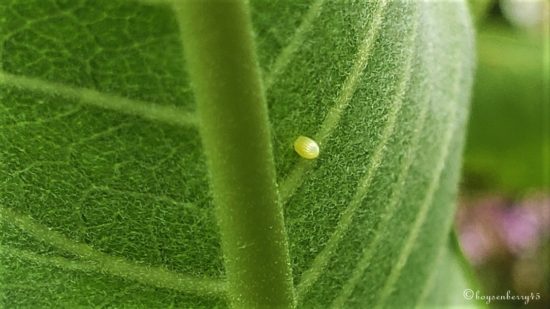
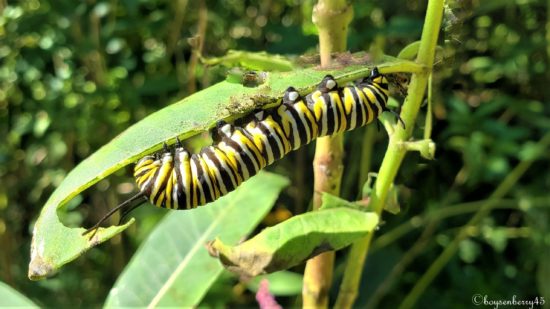
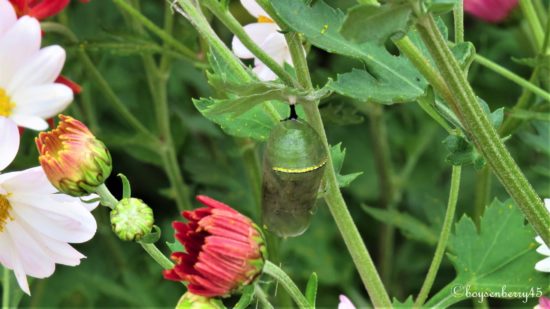
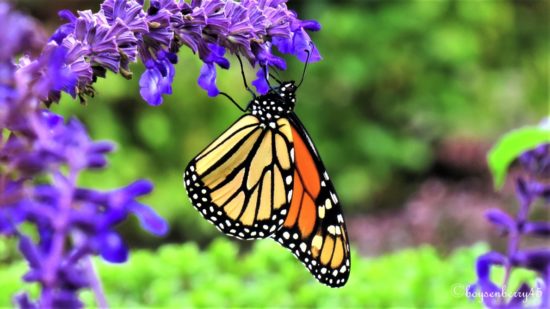
Unfortunately, the Monarch was added to the list of endangered species by the International Union for Conservation of Nature last month. “That’s two steps from extinct in the wild,” the AP reported. “Scientists blamed the monarchs’ plummeting numbers on habitat loss, climate change, and pesticide and herbicide use.”
The reporter suggested the following: “If everyone reading this planted one milkweed plant, the benefit would be palpable. Milkweed (Asclepias spp.) is the only plant monarch caterpillars eat, and it’s where the adult butterflies lay their eggs. Without it, the species simply could not exist.”
Today, Central Park has many locations to look for Monarch Butterflies. A great place to start is one of the four Butterfly Gardens in the North Meadow.



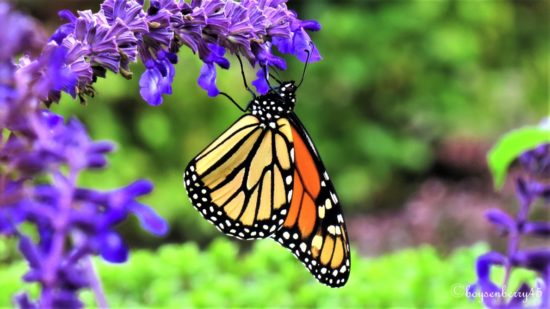







Where can we get milkweed plants?
Garden centers have them. Or you can order seeds or plants online. Be careful if you handle the plants, they can irritate your skin.
Thank you for this lovely tutorial. Hoping everyone plants milkweed everywhere. I am indoors so cannot help – wish I could. They are so wonderful. And essential.
Please only plant local milkweed. The tropical milkweed could interfere with the monarchs’ migration pattern/timing. Thank you!